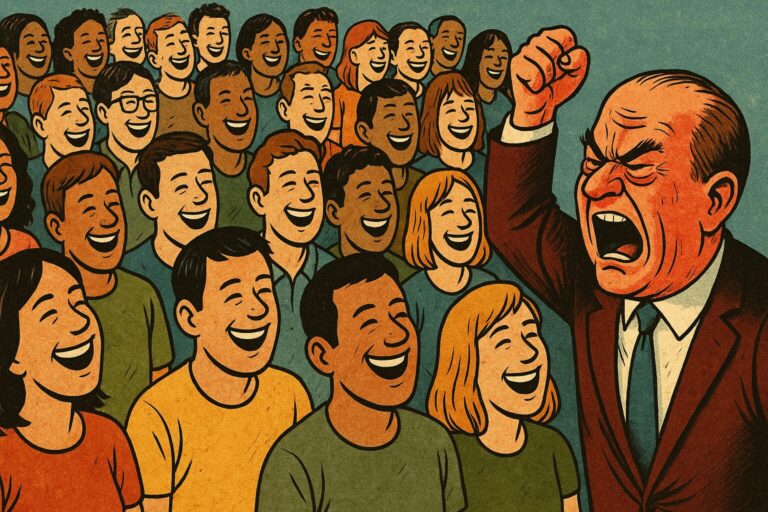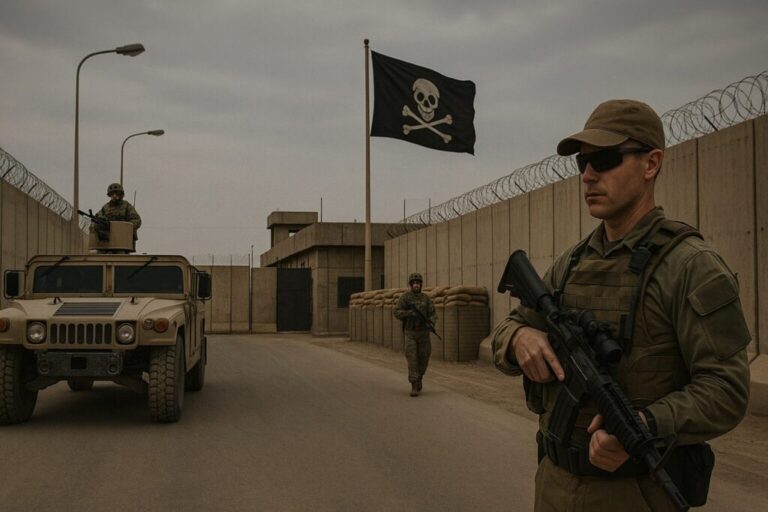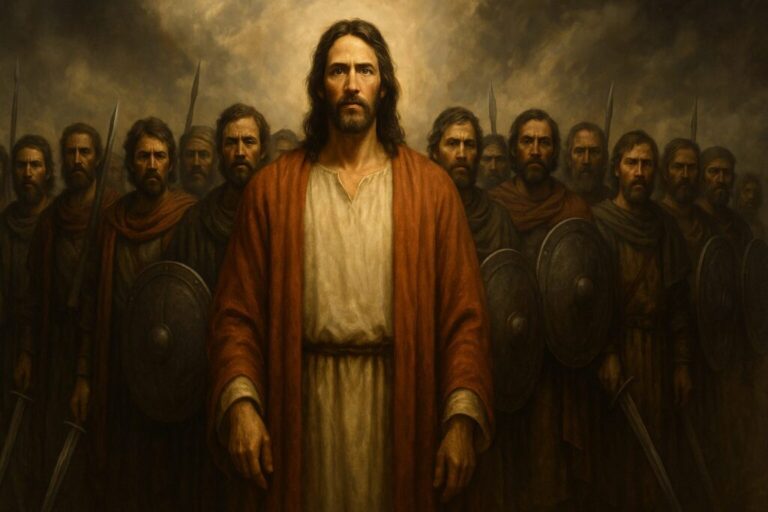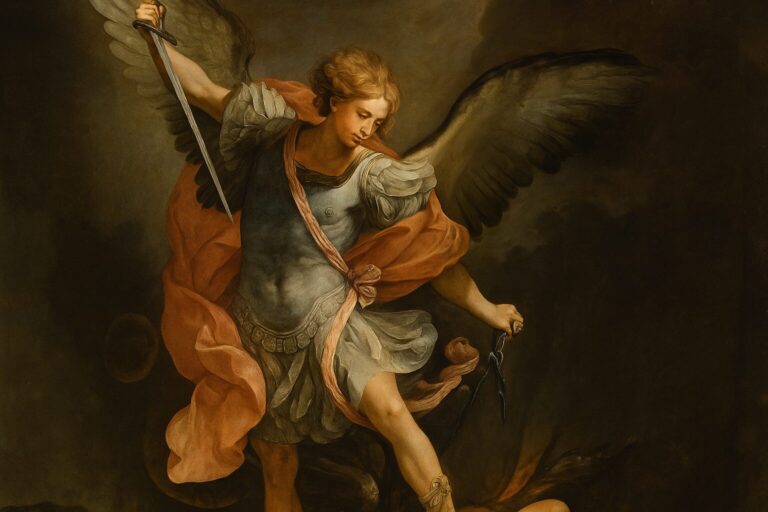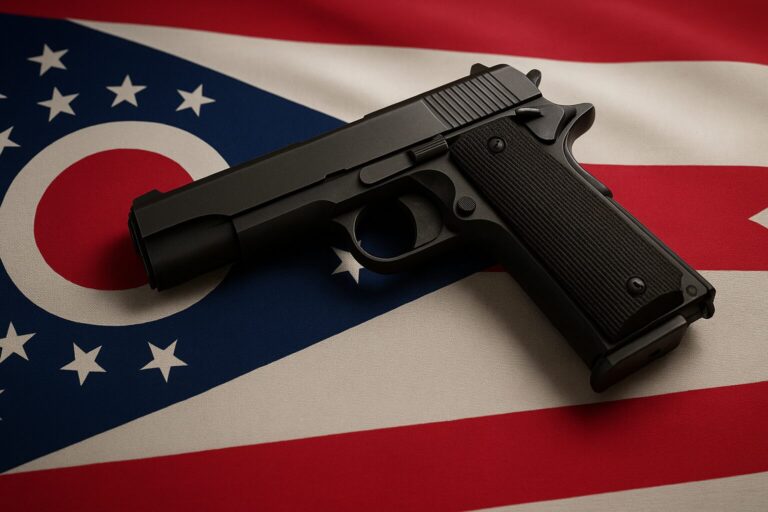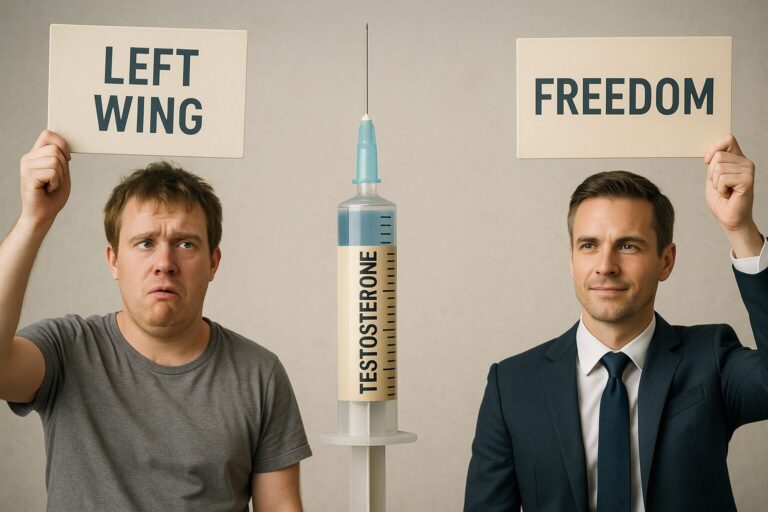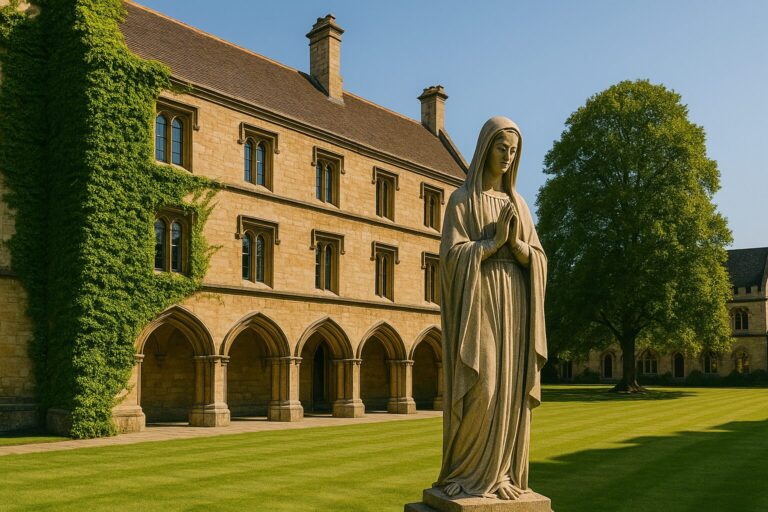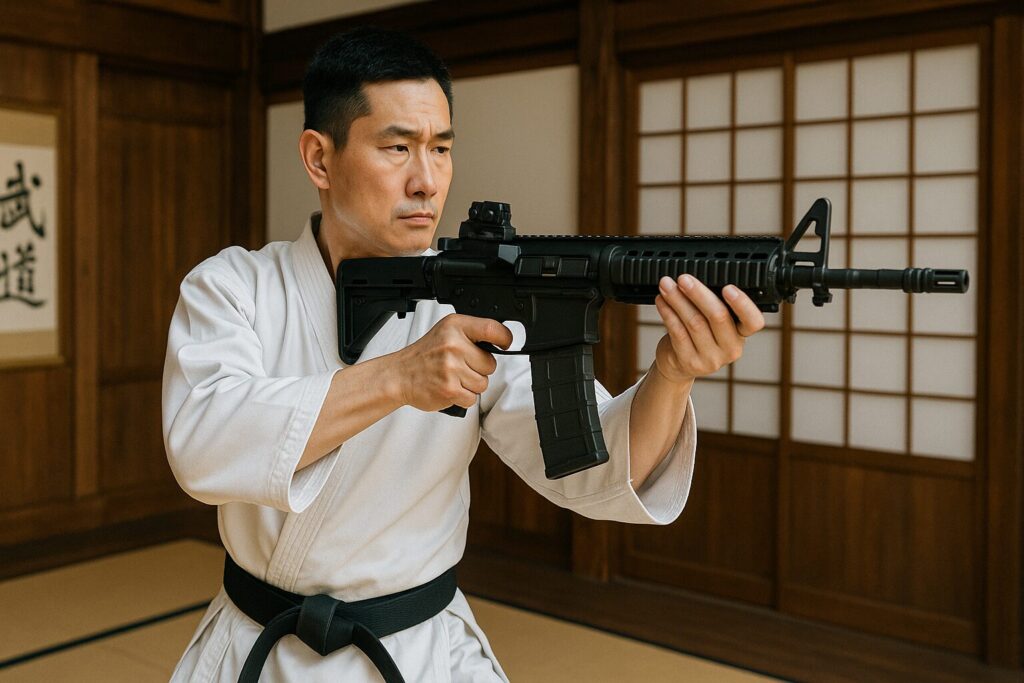
When we hear the term martial arts, most people immediately think of ancient traditions like Taekwondo, Karate, Judo, or Brazilian Jiu-Jitsu. These disciplines are often associated with discipline, etiquette, physical training, and self-defense. They are taught in academies or dojos and are sometimes practiced more as sports or cultural heritage than as real instruments of survival.
However, this mainstream perception distorts the original meaning of martial arts. The term martial comes from Mars, the Roman god of war. Martial arts, therefore, are not about sport, belts, or tournaments—they are the arts of war. Historically, they included all forms of combat training, both armed and unarmed, developed for real-world application on the battlefield or in personal defense.
A true martial art is shaped by the context in which it is practiced. In times of war, martial disciplines included swordsmanship, archery, spear fighting, mounted combat, and even siege warfare. In some cultures, mastery of a bow or a blade was more valued than any hand-to-hand technique, because that was what the battlefield demanded. The martial artist wasn’t training for medals—he was training to live or die.
As civilizations advanced, warfare evolved. Firearms replaced blades. Bullets replaced arrows. Tactical thinking moved from horseback formations to urban close-quarter battle. And yet, while the tools of combat changed, the principles remained: readiness, precision, adaptability, and a warrior spirit. That is why the firearm—and especially the practice of modern shooting—is, without question, the authentic martial art of our time.
Still, many people cling to the romanticized notion that martial arts must be ancient, exotic, and unarmed. They overlook the fact that no warrior of any era chose to fight empty-handed if they could carry a weapon. Empty-hand techniques were fallback options, not first choices. The modern notion that “real warriors don’t need weapons” is not just historically inaccurate—it’s dangerously naive.
Today’s threats are not encountered in bamboo dojos or padded rings. They emerge on the streets, in home invasions, terrorist attacks, riots, and acts of political violence. And in this reality, the armed citizen—trained, responsible, and capable—is the true martial artist. He or she embodies the same virtues of past warriors: discipline, control, and courage, but channels them through tools that reflect modern threats.
To train in shooting, whether with a pistol, rifle, or shotgun, is to engage in a complete martial discipline. It involves biomechanics, marksmanship, emotional regulation under pressure, split-second decision-making, and ethical responsibility. Like the martial arts of old, it is not only about technique—it is also about character. A good shooter must be a good person, just as the samurai was expected to live by Bushido.
There is no contradiction between ancient honor and modern arms. On the contrary, embracing the firearm as a martial tool is a continuation of the warrior lineage—a commitment to defending oneself, one’s family, and one’s community with the best tools available. It is not a rejection of tradition; it is its evolution.
This is why shooting must be reclaimed as a martial art—not in the sportified, gamified sense, but in its true essence: as a discipline for those who take responsibility for their own safety and refuse to outsource their survival. Those who shoot with seriousness, humility, and purpose are not hobbyists—they are martial artists of the 21st century.


